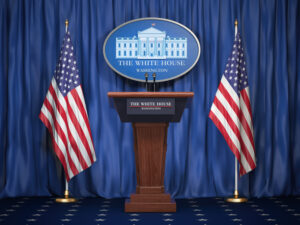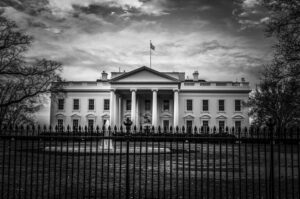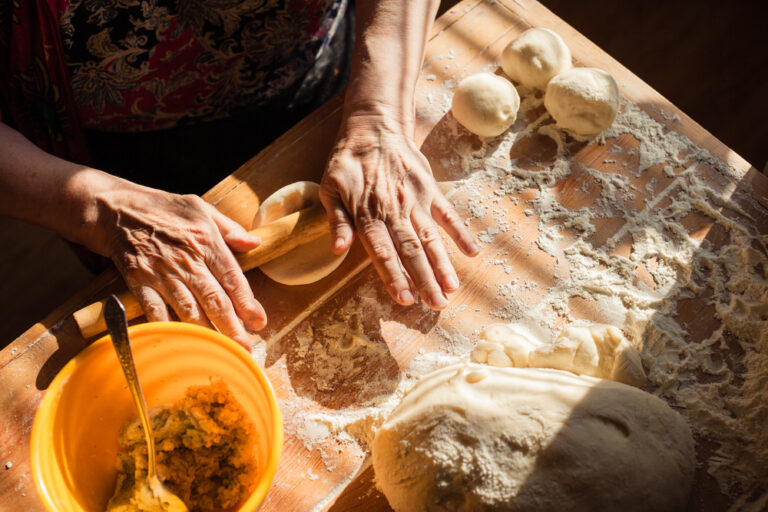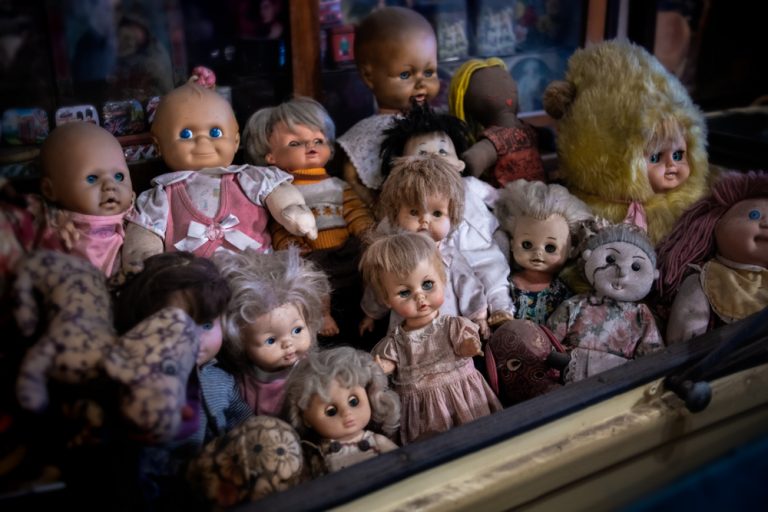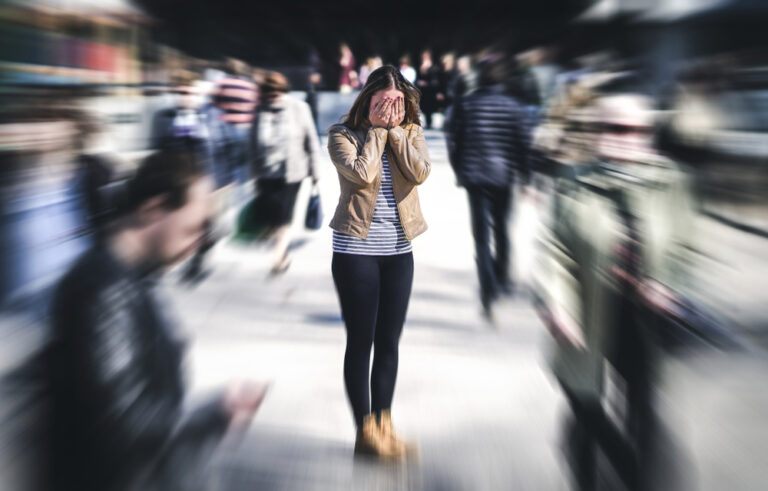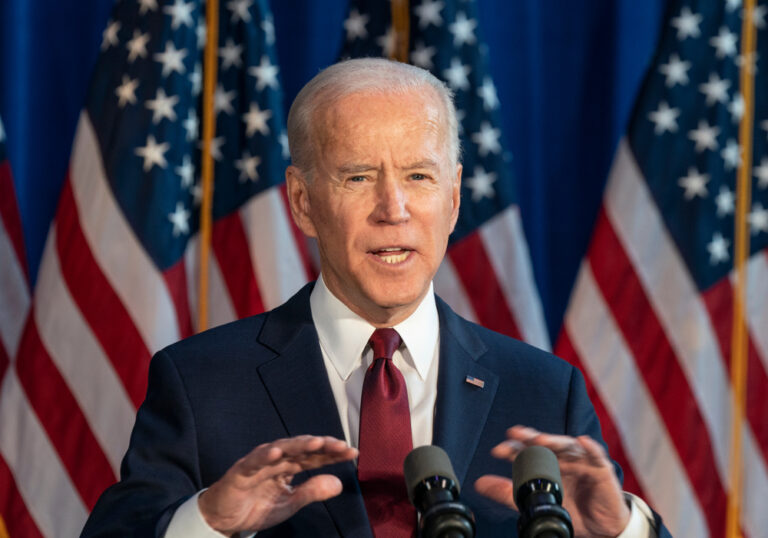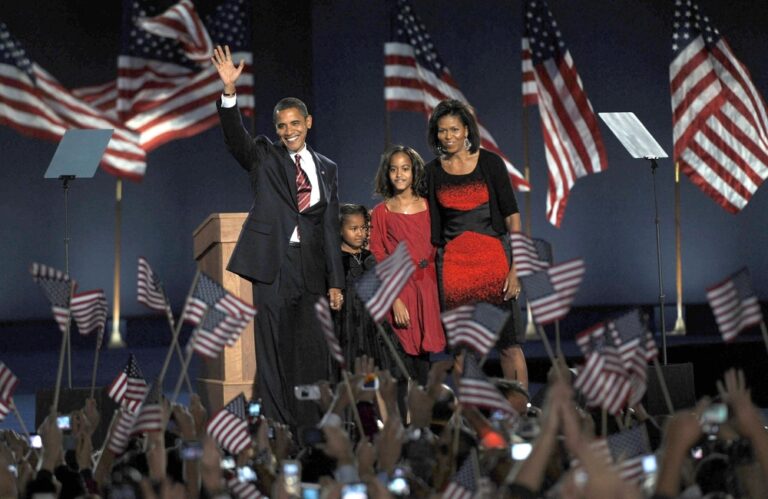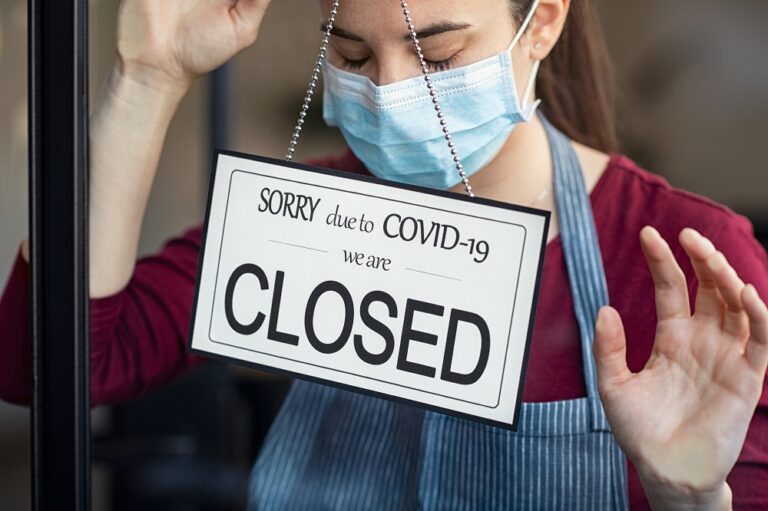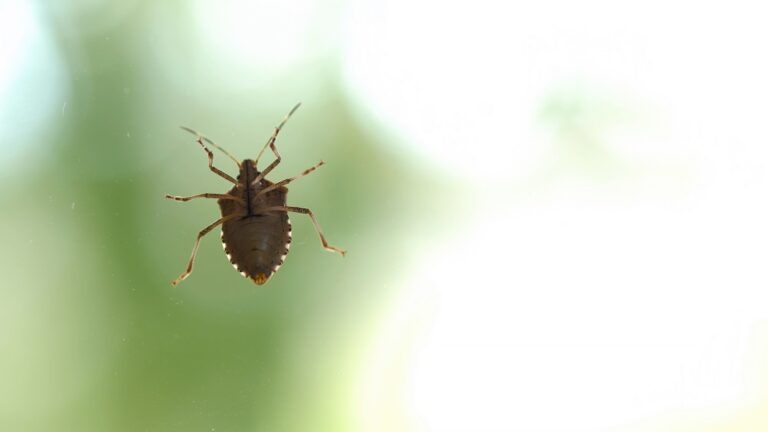
From the early days of this outbreak, President Trump has been loudly proclaiming that the coronavirus pandemic should be referred to as the ‘China virus’ as he feels they are solely responsible for this outbreak and he has consistently urged his supporters to call it as such. Many on the left, and a few on the same side of the aisle, have derided this moniker as racist and pointed to a rise in hate crimes against people of Asian descent. However, a congressional report due to come out next week appears to support and perhaps validate Trumps claims.
This damning 96-page report from the House Foreign Affairs Committee, which has jurisdiction over bills and investigations related to the foreign affairs of the United States, has laid the blame squarely at the feet of the Chinese Communist Party and to a lesser extend the World Health Organization. The report concluded that the coronavirus pandemic and it’s devastating global impact might have been minimized or even avoided if the Chinese government had been more transparent in the early days of the outbreak.
The committee asserts that the Chinese had deliberately covered up the severity of the outbreak and the WHO have been guilty of “parroting” Beijing propaganda. There report accuses the Chinese of destroying evidence, hiding relevant public health information, burying concerning data, and suppressing doctors and journalist who had tried to warn the world of this impending catastrophe.

The report, authored by Republican members of the Democrat-held committee, contend that the virus, which first emerged in China’s Wuhan city in the Hubei province in December 2019 and has caused 968,726 deaths and infected 31,483,011 people globally, could have been contained if the Chinese had been more honest about its severity.
Citing a study conducted on Medrxiv, a Yale University-linked online clearinghouse for medical manuscripts, the committee claims that the Chinese Communist Party could have ”reduced the number of cases in China by up to 95 percent had it fulfilled its obligations under international law and responded to the outbreak in a manner consistent with best practices”. In addition, the report accuses Chinese officials of closing and sanitizing the Wuhan wet market, the location believed to be the source of the contagion, therefore destroying vital forensic evidence.
As evidence for their claims of a Chinese cover up, the committee points to the events of January 2, where they believe that scientists at the Wuhan Institute of Virology completed a full genetic sequence of COVID-19 which, again they claim, clearly pointed to the fact that this virus was highly contagious and posed an imminent threat, yet they decided not to immediately share this information with the WHO. The report goes on to accuse the WHO of gross negligence and a severe dereliction of duty.

The committee’s ire at the World Health Organization centers around their apparent slow response to the outbreak, as it took WHO investigators until January 20 to actually tour Wuhan. Worse still, the fact that they may have woefully ignored whistle blowers from the Taiwan Centers of Disease Control and the Hong Kong government. Both gave early warnings about the potential of human-to-human transmission and the possibility of a worldwide pandemic. Instead, the committee contends, the WHO chose to lavish praise on the Chinese Communist Party and their handling of the initial outbreak.
How much of the committee’s finding can we truly rely on? Much like the coronavirus itself, the situation we face is unprecedented and has been highly politicized. While the claims of a Chinese cover up do have some evidence to suggest that might be the case, the Chinese Communist Party has had a long history of being secretive, so much so, that it has become part of their DNA. So concrete proof might be hard to come by. However, the accusations leveled at the WHO are far easier to dissect. If you follow the timeline of public statements made by the WHO, you can actually see they were there from the beginning. When a spike in pneumonia cases happened on Dec. 31, 2019, the next day the WHO set up an Incident Management Support Team (IMST). Soon after they activated various public information campaigns on social media and began advising countries on how to detect, test and manage a potential outbreak.
The claim that they didn’t bother touring the epicenter of the pandemic until late January might seem true on the surface but in reality they were there to meet with experts from China and the Western Pacific, experts with first hand knowledge of the virus and people who had a history of dealing with viruses such as the current one. The delays can be solely attributed to how different this new strain is, its swift transmission and the fact that the WHO wanted to gather as much information as possible before declaring this outbreak as a global pandemic.

President Trump has repeatedly threatened to withhold funding from the WHO, some $450 million annually, and his administration are weighing up the possibility of pursuing legal action against China and the WHO, who they feel should be held accountable for the spread of this deadly virus. However, that seems rich coming from a leader who called the coronavirus a hoax from it early emergence despite, as veteran journalist Bob Woodward has shown, knowing early on how deadly this virus really was. Many have to shoulder the blame for failures to either take the outbreak seriously or take the necessary action to stem its spread but, as mentioned before, this is an unprecedented event and mistakes were inevitable.
China does have a global responsibility to be more transparent and shake off its dark coat of secrecy but as eluded to before, old habits die hard. Although Democrats balk at the idea of withdrawing and withholding funds from the WHO at the time of a global pandemic, they are not alone. Many from Trumps own party have called for his administration to remain in the organization, suggesting that indeed the World Health Organization does require reforms, but this can only be done from the inside.




